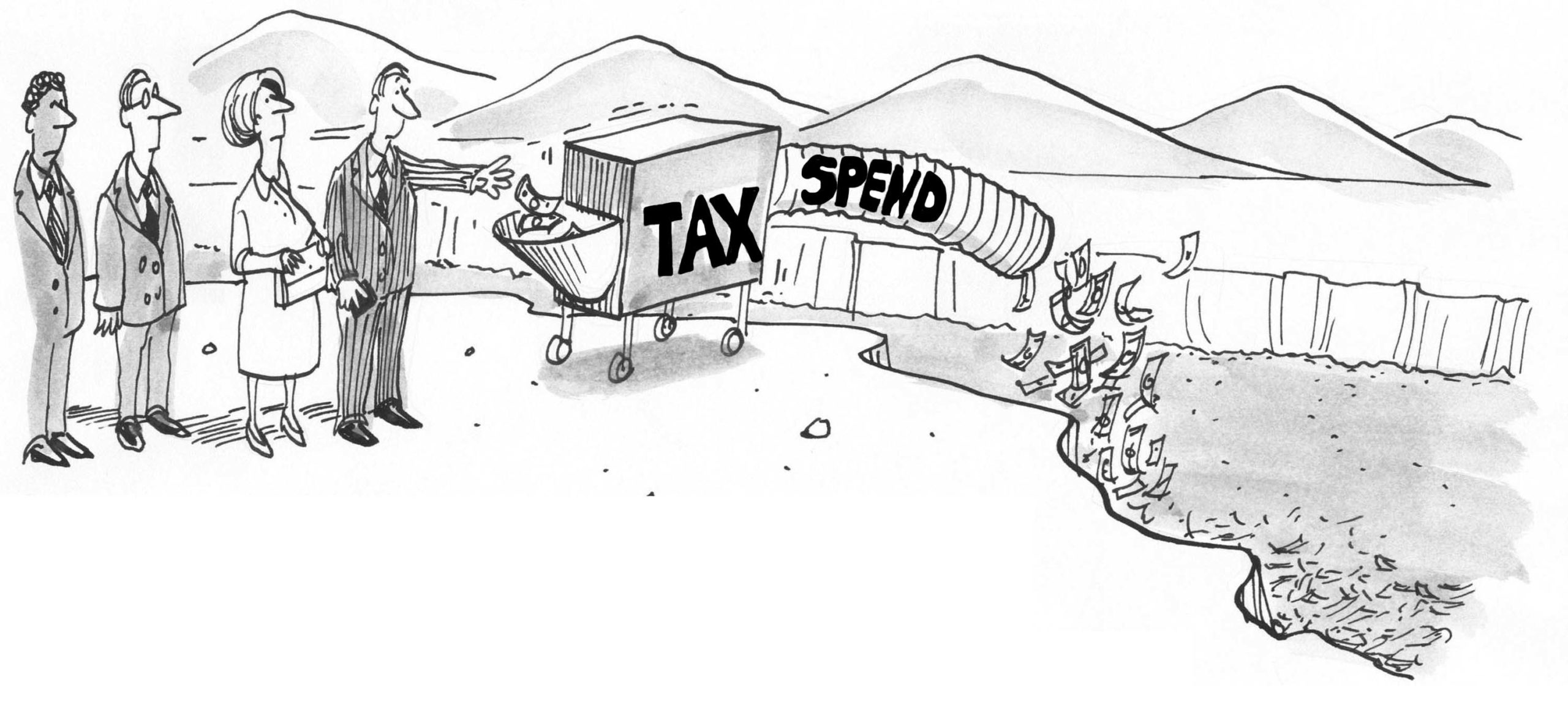Fiscal Policy
Definitions and Basics
Fiscal Policy, from the Concise Encyclopedia of Economics
Fiscal policy is the use of the government budget to affect an economy. When the government decides on the taxes that it collects, the transfer payments it gives out, or the goods and services that it purchases, it is engaging in fiscal policy. The primary economic impact of any change in the government budget is felt by particular groups—a tax cut for families with children, for example, raises the disposable income of such families. Discussions of fiscal policy, however, usually focus on the effect of changes in the government budget on the overall economy….
Fiscal Policy. Investopedia.com.
Fiscal policy refers to the use of government spending and tax policies to influence macroeconomic conditions, including aggregate demand, employment, inflation and economic growth.
In the News and Examples
Fiscal Sustainability, from the Concise Encyclopedia of Economics.
The population of wealthy countries is getting much older. Between 2005 and 2035, the number of elderly in wealthy countries will more than double, but the number of workers will barely change. This historically unprecedented demographic change portends enormous fiscal stresses because of the high and growing cost of meeting government pension and health-care commitments to the elderly. Indeed, these projected payments are so high that collecting them may not be feasible, either economically or politically. The costs associated with the coming generational storm will bankrupt the governments of most wealthy countries unless major and painful adjustments are made now.
Stimulus packages such as voted on by Congress during recessions are examples of fiscal policy. Garett Jones on Stimulus. EconTalk podcast episode, September 2011.
Garett Jones of George Mason University talks with EconTalk host Russ Roberts about the workers who were hired with money from the 2009 American Recovery and Re-investment Act–the stimulus package. Jones (with co-author Daniel Rothschild) recently completed two studies based on surveys and interviews with firms who received stimulus funds and workers who work at those firms. They found that 42% of workers hired had been unemployed. The remainder came from other jobs or from outside the labor force such as retirement or school. Is 42% a big number or a small number? Jones argues it is small and defends his conclusion. The conversation also includes a discussion of the labor market generally and why the stimulus spending may not have been effective….
A Little History: Primary Sources and References
Supply-Side Economics, from the Concise Encyclopedia of Economics
Supply-side economics provided the political and theoretical foundation for a remarkable number of tax cuts in the United States and other countries during the eighties. Supply-side economics stresses the impact of tax rates on the incentives for people to produce and to use resources efficiently. A person’s marginal tax rate—the tax rate she pays on an additional dollar of income—determines the breakdown between taxes, on the one hand, and income available for personal use, on the other. Since they directly affect the incentive of people to work, to save and invest, and to avoid and evade taxes, marginal tax rates are central to supply-side analysis….
Advanced Resources
Jeffrey Sachs on the Crisis, the Recovery, and the Future. EconTalk podcast episode, April 2013.
Jeffrey Sachs of Columbia University and author of The Price of Civilization talks with EconTalk host Russ Roberts about the state of the American economy. Sachs sees the current malaise as a chronic problem rather than a short-term challenge caused by the business cycle. He lists a whole host of issues he thinks policymakers need to deal with including the environment, inequality, and infrastructure. He disagrees with the Keynesian prescriptions for stimulating the economy and believes that the federal government budget deficits are a serious problem. The conversation closes with a discussion of the state of economics….
Related Topics
Budget Deficits and Public Debt

